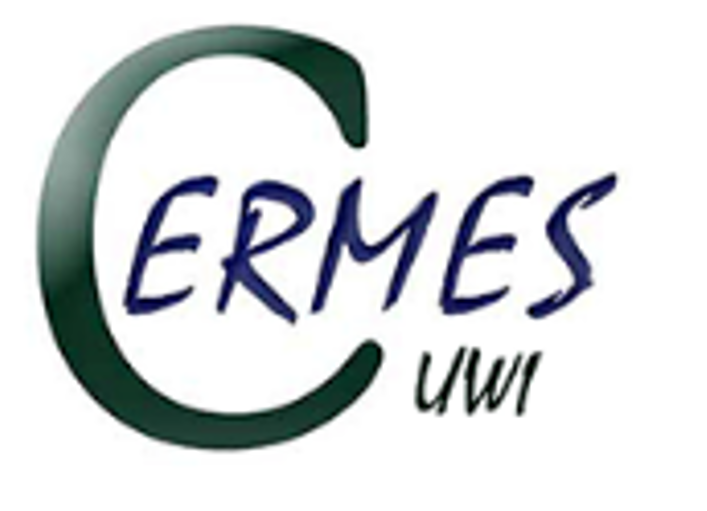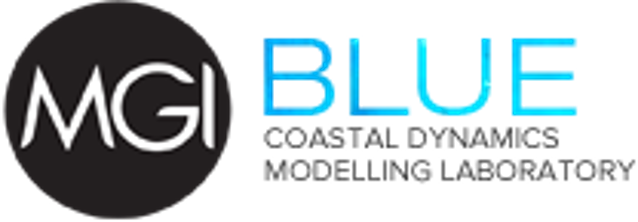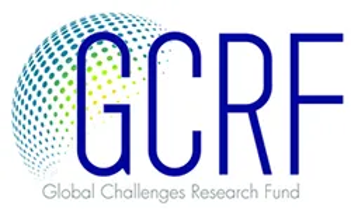Sargassum is worsening the conditions of the poorest people in Ghana
This blog post is provided by Dr Victoria Dominguez Almela1 & Dr Philip-Neri Jayson-Quashigah2 and tells the story learned during the SARTRAC fieldtrip to the remote coastal areas of Sanzule, Beyin and Esiama, Ghana.
Sargassum, a type of brown seaweed, has been invading coastal areas across the Atlantic since 2011 and has become a major issue for fisheries, tourism and recreational industries. From Central America to West Africa, communities living along the coast are facing daily challenges due to the invasion of Sargassum.
Fishers from affected communities in Ghana (including Sanzule, Beyin and Esiama) are finding, for two to three months a year, that they are catching sargassum in their nets instead of fish (Picture 1).
Fishing is one of the main livelihood sources for most of the coastal communities in Ghana, so the whole coastal economy is affected by this seaweed influx.
Fishermen, who spend money on petrol for their boats, get insufficient fish from the sea to recover that money. The fish processors and sellers, predominantly women, cannot buy fish from the fishers, nor sell it on to the community as part of their livelihoods. Survival is under threat in those villages that rely on fisheries to provide their daily food (fish) and to generate their incomes (through fish sales, fish processing and the support industries).


Picture 1: Fishermen’s nets full of sargassum seaweed
Picture 2. Fishers leaving the shore by boat, with some sargassum showing as beached
Sargassum is affecting life in coastal Ghana in other ways too. Saturday is the day that communities typically spend time on the beach, relaxing, playing football, swimming, etc, but the presence of Sargassum on the beach hinders these recreational activities. The pungent scent released from the seaweed is affecting the people, with some reporting difficulties in breathing from allergic and asthmatic reactions. As the beaches are more frequently covered in seaweed, some users are starting to change the way they perceive the beach: from recreation hotspot to a toilet – which further discourages people from using the beach for recreation. Limited access to toilet facilities in some villages, is part of this problem.
Communities have tried to give visibility to the problem of seaweed influxes by reporting their plight to the District Assembly and council. In 2016 the government launched a programme to clear sargassum from the coast, but this has now stopped. Yet the problem continues. No long-term management has been put in place yet, and communities feel powerless to fight this hazard on their own.
Scientists point to an unusual weather event in 2010 as the starting point of the seaweed invasion, with ocean currents and winds determining the areas affected. In Ghana, coincidentally, sargassum started to beach just around the same time offshore oil drilling started off the western coast, which made the communities think that oil companies were responsible for the seaweed. This has brought a tension between local residents and the oil companies. Local residents welcome any research that helps them to better understand the drivers of sargassum and how to best deal with the consequences.
Through the SARTRAC project, partnerships have been developed among universities in the Caribbean, Ghana and the UK. These partnerships are strengthening capacity and research on sargassum monitoring, reporting, management, value assessment and re-use. We look forward to engaging local community members, including students and researchers, to find a lasting solution to sargassum, its scientific composition and possible uses.

Picture 3: School engagement initiatives started in June 2022 under the SARTRAC project that will continue during the upcoming months.
1School of Geography and Environmental Science, University of Southampton, Southampton SO17 1BJ, UK
2Institute for Environment and Sanitation Studies, University of Ghana, Ghana








